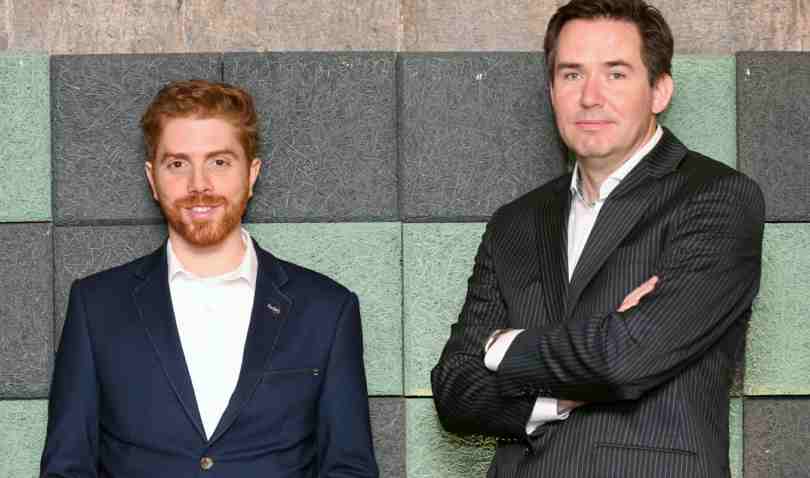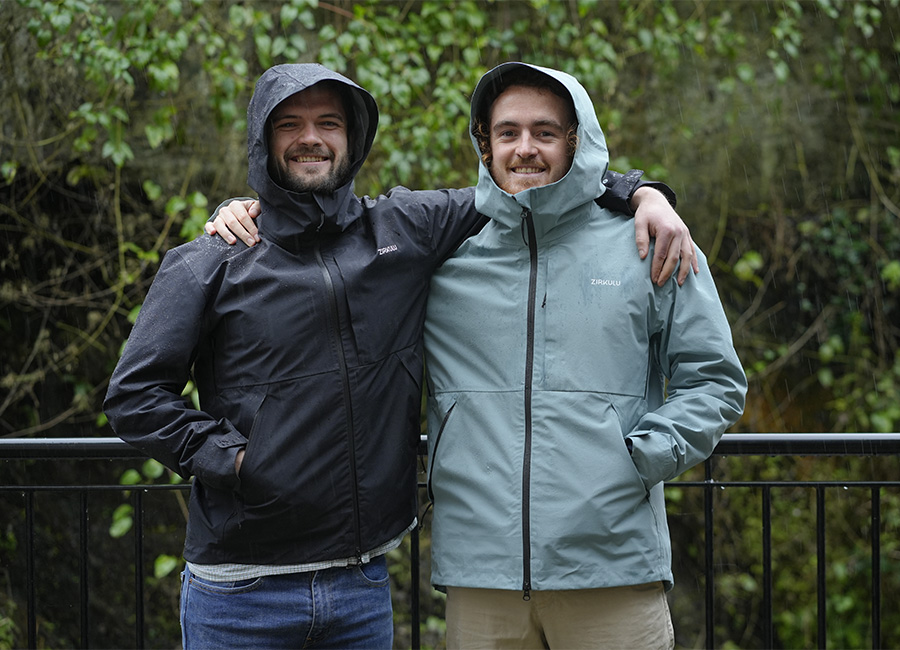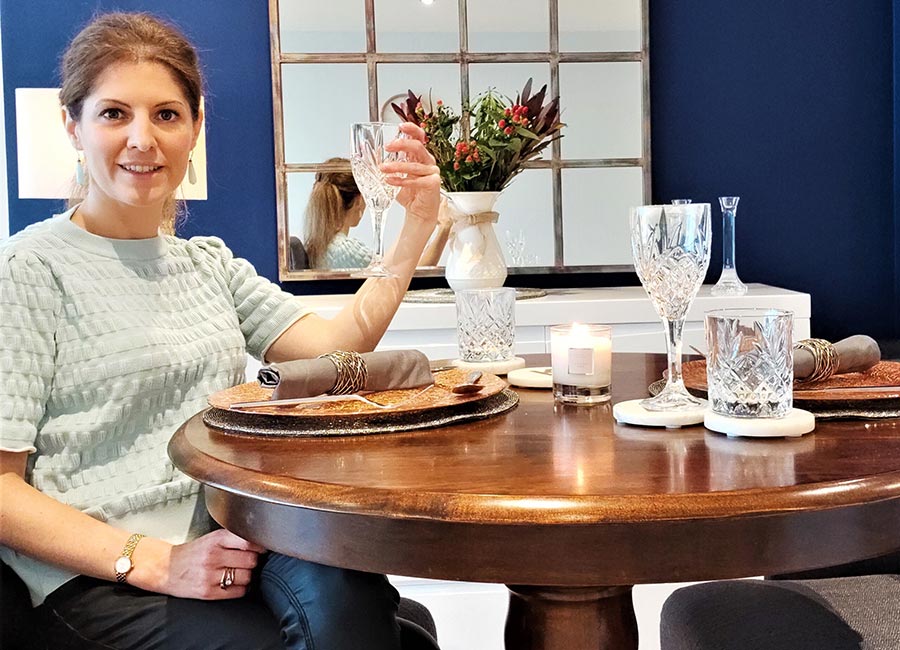Artomatix, the Dublin 3D graphics venture, has completed a new funding round that garnered €1,057,000 in equity investment.
The largest investor in the June 2019 round was Irish taxpayers, with Enterprise Ireland buying €400,000 worth of shares. The state agency had previously invested €1,275,000 in the venture.
Also following on is Suir Valley Ventures, which has invested €350,000. Isle of Man company Manifold Investments invested €150,000 while four other investors chipped in €25,000 each. Completing the allotment was Milan company Boost Heroes, in for €57,500.
Founded in 2014, Artomatix had a clutch of award wins under its belt within a year, including top prize in NVidia’s ‘Emerging Companies Summit’, which landed the firm a cash prize of $100,000. In September 2018, a Markets Insider analysis of the sector bracketed Artomatix with Disney's Pixar and Adobe Systems.
This was heady stuff for a venture with just 18 employees and which booked a profit of €56,000 in 2017. However, investors are confident the Grangegorman minnow has a bright future. In October 2018 Artomatix announced that it had raised c.€1m in equity funding, while in December the company was one of a group of four ICT firms sanctioned for €2m taxpayer funding via the government’s Disruptive Technologies Innovation Fund.
The same month, Artomatix was in a consortium that parlayed €2.4m in European Commission funding directed at researching Artificial Intelligence applications in video streaming.
An American In Dublin
Artomatix had its origins in a concept which Eric Risser, from Florida but then a Masters student at Columbia, was told was technologically not feasible by his professor. He wanted to automate as much as possible the process of making an animated 3D illustration for use in a movie or in a video game.
Even the best of computers could not handle the demands of Risser’s algorithms, he was told. Risser looked for a college to do a doctorate where, he hoped, his algorithmic dreams could become reality. He was advised to apply to Trinity College Dublin, where he found the support and funding to get his project off the ground.
On completing his PhD, Risser moved into a series of incubator hubs to work on his software. He started at TCD's Launch Box, then moved to the National Digital Research Centre and is now located at another publicly-funded facility, the Greenway Hub at DIT Grangegorman, the former site of what used to be dubbed a ‘loonie bin’.
For Risser, it’s more a case of Looney Tunes. Even blockbuster cartoons and video games stop short of detailed rendering of characters and scenes. For example, the bark on a tree never looks very realistic, and surfaces like brickwork and concrete can appear far too smooth. Where there is detail in a forest scene, for example, it tends to be a monotonous repetition of what is effectively the same tree repeated over and over. Even that requires hundreds of man hours as each consecutive frame is worked on.
At its most basic, Artomatix software enables the rendering of the bark in several different realistic patterns depending on the tree type. Leaves can also be varied, and not every blade of grass need be the same height or colour or shading. You only have to look at Buzz Lightyear to realise that his shiny face probably results more from the limitations of digital art than a deliberate visual construct. His skin has no pores nor does it break into attractive wrinkles when he smiles.
Neural Networking
Risser's algorithms go much further than generating realistic depictions of skin tones or vegetation. For example, Artomatix can generate animated 3-D imagery of a rocky valley from an original sample as simple as a smartphone photo. Then the viewer can be flown smoothly through the resulting digitised and animated valley. None of this would be possible without the harnessing of artificial intelligence and concepts like neural networking.
Artomatix was founded by Risser and Neal O’Gorman, with Bart Kiss joining as co-founder shortly after. O’Gorman still has a stake in the business but is currently working has head of product development with location tracking tech firm Locatible. Kiss has moved on to found a separate mobile app venture.
The company’s CEO is Joe Blake, who assumed the role in December 2017. Blake (45) joined from Red Hat Ventures, where he led the firm’s EMEA mobile business. He was previously in charge of sales at FeedHenry, which was acquired by Red Hat in 2014.
“With the passage of time, technology has caught up with Eric,” Blake explains. “3D artists now have very powerful desktops with advanced graphical processors that are capable of driving these algorithms.”
According to Blake, demand for 3D content has exploded and outstrips available graphic talent. “Instead of the individual human with digital paintbrushes manually creating images from scratch, it's now moving to an example-based workflow. That means that anybody with a good phone camera can go out and take photographs and import them into the digital world. Our technology will then take over and transform those images into 3D content.”
Another tangential development is using artificial intelligence to convert low-resolution digital video streaming content to high-resolution, perhaps even 4K. This will enable content suppliers and broadcasters to stream low-res videos at bandwidth-saving resolutions to mobile phones and other devices. Artomatix is working on that project with Irish company Movidius, now part of the Intel empire.
“It is dependent on the new generation of Movidius-designed chipsets that are going into smartphones and laptops, and we want to be ready for that when it comes,” says Blake. “That's a really exciting technical project that we are researching at the moment.”
Artomatix’s accounts are much more opaque than its rendered images. The end-2017 balance sheet shows €990,000 in cash and €1,020,000 in liabilities, which presumably relates to loan and equity capital. End period debtors were just €2,000.
Allotment filings disclose €250,000 taxpayer funding from Enterprise Ireland in December 2017 and €1,025,000 raised a year later. Guy Risser contributed €75,000 in that round and the state-funded NDRC invested €125,000. The lead investor in the autumn 2018 round was Suir Valley Ventures, the VC fund led by Barry Downes that invests in partnership with Shard Capital. Suir Valley and Shard invested €750,000 on that occasion.
Blake says that several games studios are now using Artomatix software, and the company is also exploring other sectors. A large furniture manufacturer uses Artomatix software to create convincing walk-throughs, and a designer of luxury jet interiors also uses the software. The company strategy going forward is not to put all its eggs in the game design basket.
“At the moment we are a single product company with a premium product, which we sell to large studios,” says Blake. “Over the course the next few years there will be a portfolio of products that are tailored to meet the wider needs of the market. The company to look at for comparison is Adobe: we would like to see ourselves as an Irish mini-Adobe.”
Photo: Artomatix founder Eric Ritter (left) and CEO Joe Blake










